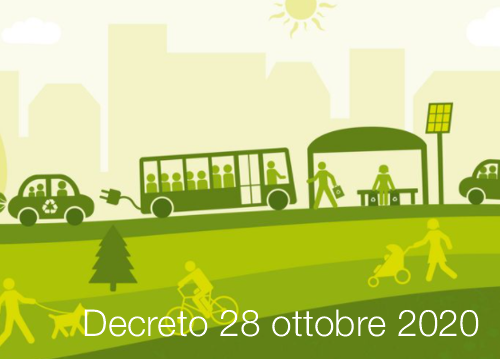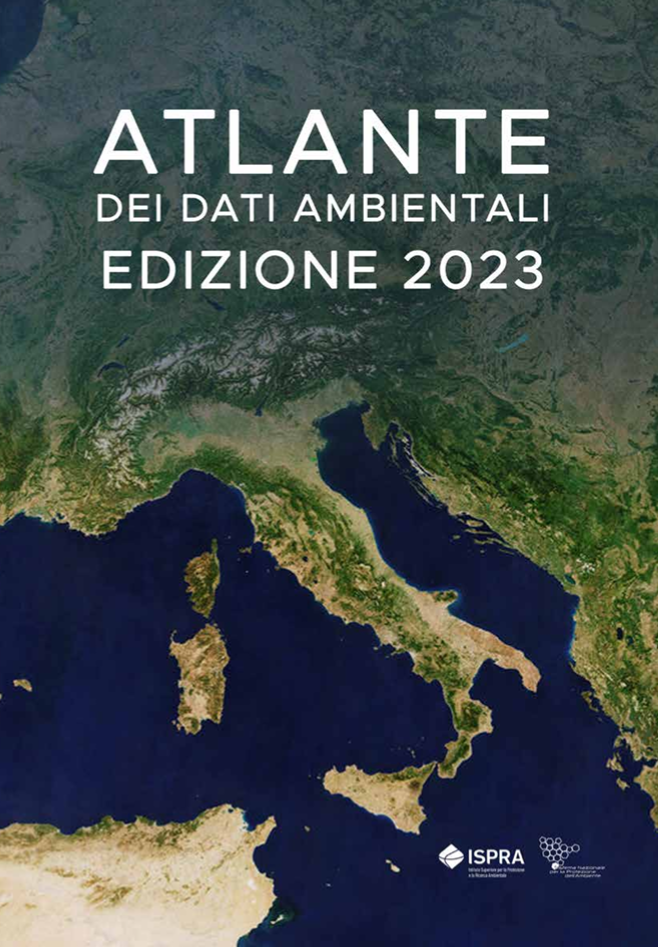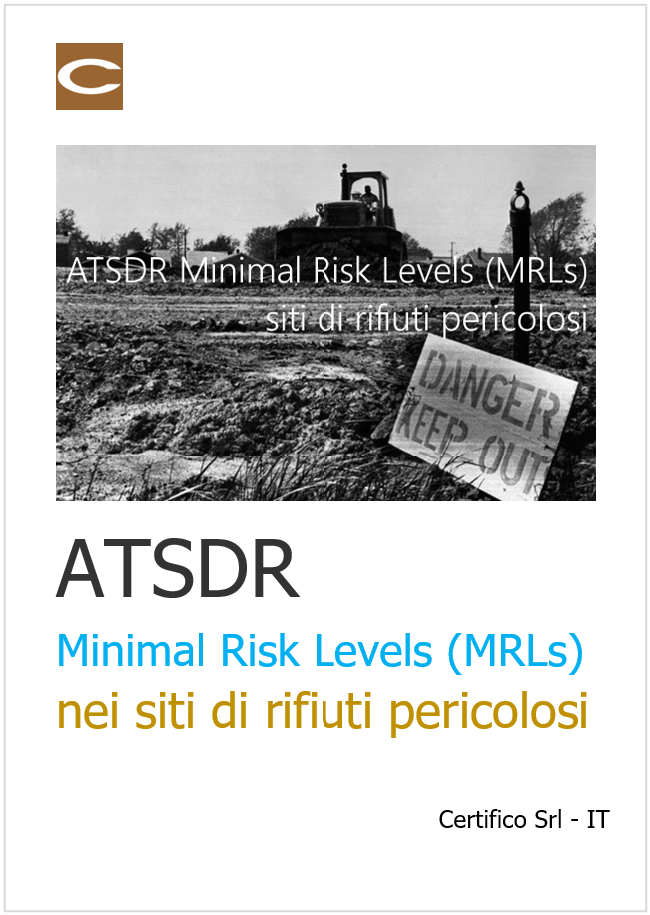Decreto 28 ottobre 2020

Decreto 28 ottobre 2020
Misure attuative delle disposizioni per la promozione del trasporto scolastico sostenibile.
(GU n. 311 del 16.12.2020)
_____
Art. 1. Oggetto e finalità
1. Ai fini e per gli effett...
ID 23489 | 19.02.2025 / Attached
Surface Treatment of Metals and Plastics BREF D1 (01 Febraury 2025)
This BREF includes installations for the surface treatment of metals and plastics using an electrolytic or chemical process.
Many installations operate a mixture of small and large production lines, and a mixture of electrolytic and chemical processes, as well as associated activities. Thus all processes, irrespective of the scale on which they are carried out, were considered in the information exchange.
In practical terms, the electrolytic and chemical processes currently used are water-based. Directly associated activities are also described.
Status of this document
Unless otherwise stated, references to ‘the Directive’ in this document refer to Directive 2010/75/EU as amended by Directive 2024/1785/EU of the European Parliament and of the Council on industrial emissions and livestock rearing emissions (integrated pollution prevention and control) (Recast).
This document is a working draft of the European Bureau for Research on Industrial Transformation and Emissions (EU-BRITE), formerly known as the European IPPC Bureau - EIPPCB, (of the Commission’s Joint Research Centre). It is not an official publication of the European Union and does not necessarily reflect the position of the European Commission.
Participants in the information exchange
As required in Article 13(3) of the Directive, the Commission has established a forum to promote the exchange of information, which is composed of representatives from Member States, the industries concerned and non-governmental organisations promoting environmental protection (Commission Decision of 16 May 2011 establishing a forum for the exchange of information pursuant to Article 13 of the Directive 2010/75/EU on industrial emissions (2011/C 146/03), OJ C 146, 17.05.2011, p. 3).
Forum members have nominated technical experts constituting the technical working group (TWG) that was the main source of information for drafting this document. The work of the TWG was led by EU-BRITE (of the Commission’s Joint Research Centre).
Structure and contents of this document
Chapters 1 and 2 provide general information on the Surface Treatment of Metals and Plastics and on the industrial processes and techniques used within this sector.
Chapter 3 provides data and information concerning the environmental performance of installations within the sector, and in operation at the time of writing, in terms of current emissions, the consumption and nature of raw materials, water consumption, use of energy and the generation of waste.
Chapter 4 describes in more detail the techniques to prevent or, where this is not practicable, to reduce the environmental impact of installations in this sector that were considered in determining the BAT and emerging techniques. This information includes, where relevant, the environmental performance levels (e.g. emission and consumption levels) which can be achieved by using the techniques, the associated monitoring and the costs and the cross-media issues associated with the techniques.
Chapter 5 presents the BAT conclusions as defined in Article 3(12) of the Directive. Concluding remarks and recommendations for future work are presented in Chapter 6.
[This chapter will be drafted and shared for comments at a later stage.]
Information sources and the derivation of BAT
This document is based on information collected from a number of sources, in particular through the TWG that was established specifically for the exchange of information under Article 13 of the Directive. The information has been collected and assessed by EU-BRITE (of the Commission’s Joint Research Centre) who led the work on determining BAT, guided by the
The BAT conclusions have been established through an iterative process involving the following steps:
- identification of the key environmental issues for the sector;
- examination of the techniques most relevant to address these key issues;
- identification of the best environmental performance levels, on the basis of the data available in the European Union and worldwide;
- examination of the conditions under which these environmental performance levels were achieved, such as costs, cross-media effects, and the main driving forces involved in the implementation of the techniques;
- selection of the best available techniques (BAT), their associated emission levels (and other environmental performance levels) and the associated monitoring for this sector according to Article 3(10) of, and Annex III to, the Directive.
...
Fonte: CE
Collegati

Misure attuative delle disposizioni per la promozione del trasporto scolastico sostenibile.
(GU n. 311 del 16.12.2020)
_____
Art. 1. Oggetto e finalità
1. Ai fini e per gli effett...

ID 19666 | 22.05.2023
L'Atlante dei dati ambientali, un volume che ISPRA pubblica per la prima volta, offre una panoramica e una prima selezione dei pri...

ID 20750 | 29.06.2024 / In allegato Documento e ATSDR MRLs di Maggio 2024
Testata editoriale iscritta al n. 22/2024 del registro periodici della cancelleria del Tribunale di Perugia in data 19.11.2024